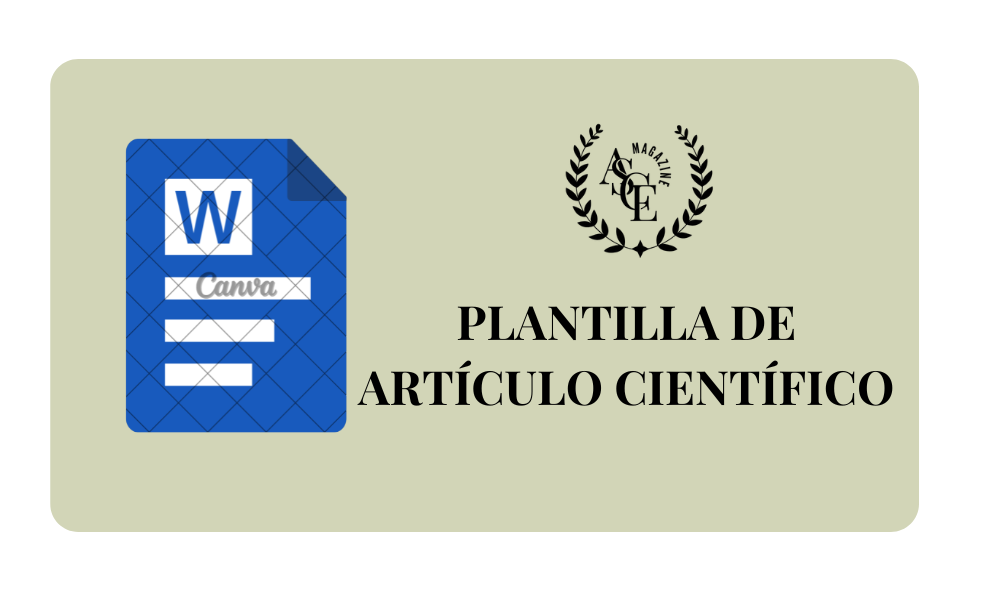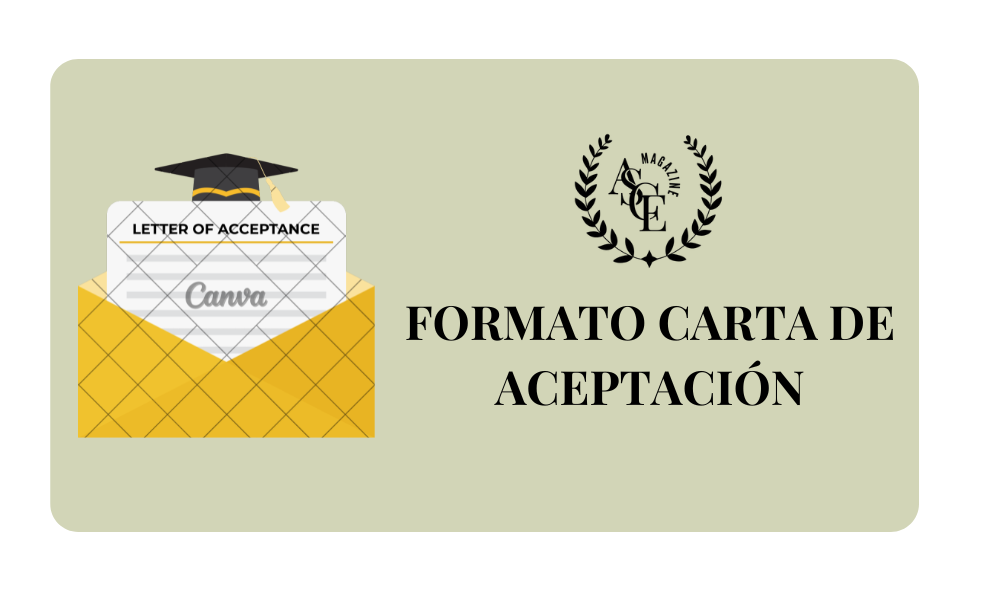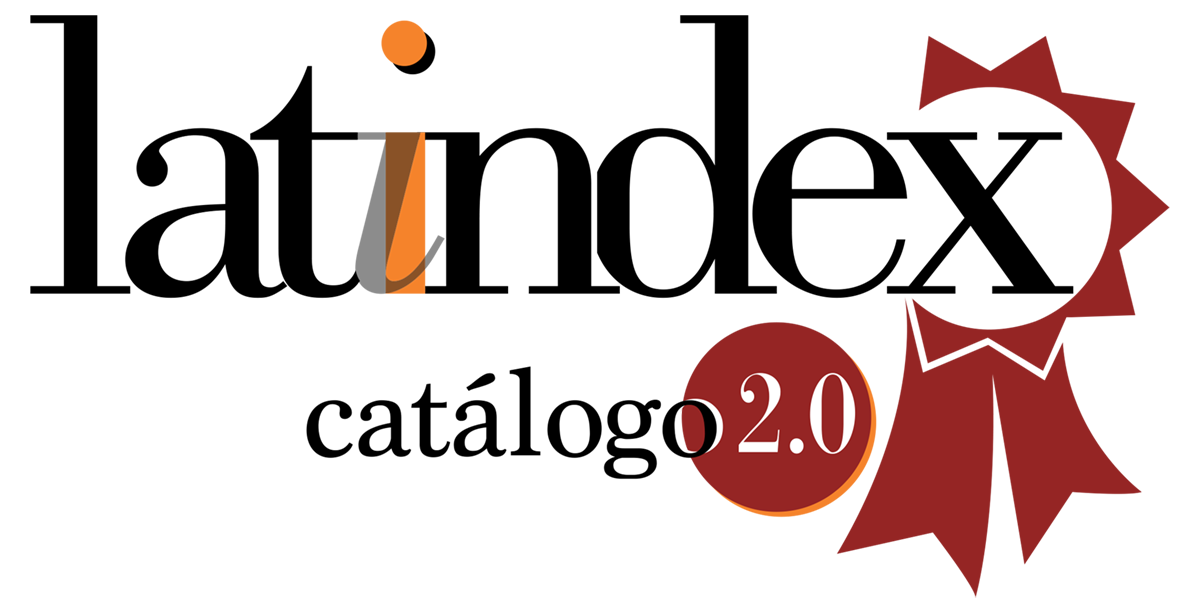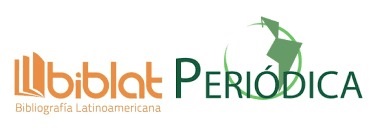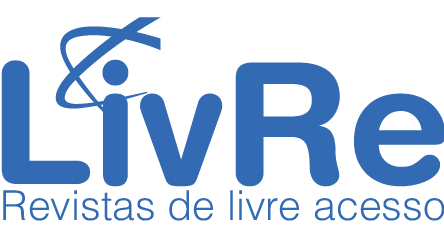Contents in HTML 5 for the teaching of mathematics in high school considering the TPACK model.
DOI:
https://doi.org/10.70577/asce.v4i4.492Keywords:
TPACK model, Mixed Methodology, Interactive Videos, Learning, Educational Quality.Abstract
This study will explore the interactive content in the teaching of mathematics at the sublevel of upper basic education that would improve the quality of education, through the TPACK model. The objective was to design interactive videos in HTML 5 (H5P) for the teaching of mathematics in upper elementary school. A mixed methodology was used, which combined a mixed quantitative and qualitative approach. In addition, surveys were used with authorities, teachers and students of an educational unit to be aware of their assessment of the benefit of interactive content in the teaching of mathematics and to determine the main problems, needs and opportunities offered by interactive videos in the learning of this subject. The results of this study showed that the use of interactive videos in the teaching of mathematics at the upper basic sublevel can significantly improve the quality of education. Participatory content approves a great interaction with the subjects and offers immediate feedback, which can be very useful for students in their learning process. In addition, the teachers and authorities of the educational unit positively valued the use of these multimedia resources and recognized their effectiveness in optimizing student learning, although the use of technology within the educational context should be deepened.
Downloads
References
Afify, M. (2020). Effect of interactive video length within e-learning environments on cognitive load, cognitive achievement and retention of learning. Turkish Online Journal of Distance Education, 21(4), 68-89. https://doi.org/10.17718/tojde.803360 DOI: https://doi.org/10.17718/tojde.803360
Alemán-Saravia, A., & Deroncele-Acosta, A. (2021). Technology, Pedagogy and Content (TPACK framework): Systematic Literature Review. 2021 XVI Latin American Conference on Learning Technologies (LACLO), 104-111. https://doi.org/10.1109/LACLO54177.2021.00069 DOI: https://doi.org/10.1109/LACLO54177.2021.00069
Bonafini, F., & Lee, Y. (2021). Investigating Prospective Teachers’ TPACK and their Use of Mathematical Action Technologies as they Create Screencast Video Lessons on iPads. TechTrends, 65(3), 303–319. https://doi.org/10.1007/s11528-020-00578-1 DOI: https://doi.org/10.1007/s11528-020-00578-1
Garcia-Pineda, M., De Ves, E., Castaño, A., Roger, S., Cobos, M., & Claver, J. (2020). Vídeos interactivos para mejorar el proceso enseñanza-aprendizaje en la generación YouTube. XXVI Jornadas sobre la Enseñanza Universitaria de la Informática (JENUI 2020), 5, 353-356. https://doi.org/SFPIEPID19- 10097716
Gomez, et al (2024) Una propuesta efectiva de aprendizaje basado en videos: solución para asignaturas universitarias complejas; Universidad Rey Juan Carlos https://doi.org/10.5944/ried.27.1.37569 DOI: https://doi.org/10.5944/ried.27.1.37569
Guy, J., & McNally,, M. (2022). Ten Key Factors for Making Educational and Instructional Videos. Scholarly and Research Communication, 13(2). https://doi.org/10.22230/src.2022v13n2a423 DOI: https://doi.org/10.22230/src.2022v13n2a423
Manasrah, A., Masoud, M., & Jaradat, Y. (2021). Short Videos, or Long Videos? A Study on the Ideal Video Length in Online Learning. International Conference on Information Technology (ICIT), (366-370). https://doi.org/10.1109/ICIT52682.2021.9491115 DOI: https://doi.org/10.1109/ICIT52682.2021.9491115
Mawardah, I., & Sharifalillah, N. (2021). Development of Multimedia Application Using TPACK Framework. Proceedings - CAMP 2021: 2021 5th International Conference on Information Retrieval and Knowledge Management: Digital Technology for IR 4.0 and Beyond, 46–51. https://doi.org/10.1109/CAMP51653.2021.9498085 DOI: https://doi.org/10.1109/CAMP51653.2021.9498085
Sagerman, M., Ponce, P., & Vasquez-Cano, E. (2021). YouTube Videos in the Virtual Flipped Classroom Model Using Brain Signals and Facial Expressions. Future Internet, 13(9), 224. https://doi.org/10.3390/fi13090224 DOI: https://doi.org/10.3390/fi13090224
Santos, J., Afonso, M., & González-Henríquez, J. (2020). Video for teaching: classroom use, instructor self-production and teachers’ preferences in presentation format. Technology, Pedagogy and Education, 29(2), 147-162. https://doi.org/10.1080/1475939X.2020.1726805 DOI: https://doi.org/10.1080/1475939X.2020.1726805
Shelby, S., & Fralish, Z. (2021). Using Edpuzzle to improve student experience and performance in the biochemistry laboratory. Biochemistry and Molecular Biology Education, 49(4), 529-534. https://doi.org/10.1002/bmb.21494 DOI: https://doi.org/10.1002/bmb.21494
Tongpaeng, Y., & Kewirat, P. (2022). Design Educational VR Application Through TPACK Model: A Case Study of Basic Scientific Experiment for Secondary School Students in Thailand. 6th International Conference on Information Technology, InCIT 2022, 270–274. https://doi.org/10.1109/InCIT56086.2022.10067609 DOI: https://doi.org/10.1109/InCIT56086.2022.10067609
Downloads
Published
How to Cite
Issue
Section
License
Copyright (c) 2025 Dayana Micaela Encalada Soto

This work is licensed under a Creative Commons Attribution-NonCommercial-ShareAlike 4.0 International License.
Eres libre de:
- Compartir : copiar y redistribuir el material en cualquier medio o formato
- Adaptar : remezclar, transformar y desarrollar el material
- El licenciante no puede revocar estas libertades siempre y cuando usted cumpla con los términos de la licencia.
En los siguientes términos:
- Atribución : Debe otorgar el crédito correspondiente , proporcionar un enlace a la licencia e indicar si se realizaron cambios . Puede hacerlo de cualquier manera razonable, pero no de ninguna manera que sugiera que el licenciante lo respalda a usted o a su uso.
- No comercial : no puede utilizar el material con fines comerciales .
- CompartirIgual — Si remezcla, transforma o construye sobre el material, debe distribuir sus contribuciones bajo la misma licencia que el original.
- Sin restricciones adicionales : no puede aplicar términos legales ni medidas tecnológicas que restrinjan legalmente a otros hacer algo que la licencia permite.







